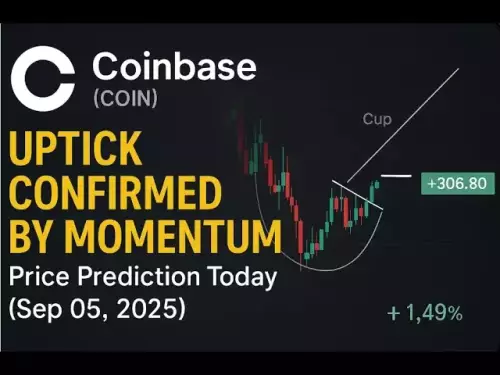-
 Bitcoin
Bitcoin $111100
0.57% -
 Ethereum
Ethereum $4304
-0.23% -
 XRP
XRP $2.835
1.13% -
 Tether USDt
Tether USDt $1.000
0.01% -
 BNB
BNB $850.6
0.46% -
 Solana
Solana $204.3
0.61% -
 USDC
USDC $1.000
0.01% -
 Dogecoin
Dogecoin $0.2184
2.83% -
 TRON
TRON $0.3318
-0.95% -
 Cardano
Cardano $0.8325
2.77% -
 Hyperliquid
Hyperliquid $47.01
3.88% -
 Chainlink
Chainlink $22.35
-0.49% -
 Ethena USDe
Ethena USDe $1.001
-0.02% -
 Bitcoin Cash
Bitcoin Cash $610.4
3.62% -
 Sui
Sui $3.391
3.45% -
 Stellar
Stellar $0.3606
2.56% -
 Avalanche
Avalanche $24.35
-0.25% -
 Hedera
Hedera $0.2197
3.45% -
 Cronos
Cronos $0.2662
0.23% -
 UNUS SED LEO
UNUS SED LEO $9.538
0.34% -
 Litecoin
Litecoin $112.7
1.65% -
 Toncoin
Toncoin $3.086
-0.63% -
 Shiba Inu
Shiba Inu $0.00001241
2.78% -
 Polkadot
Polkadot $3.826
1.36% -
 Uniswap
Uniswap $9.437
1.68% -
 Dai
Dai $0.9999
-0.01% -
 Ethena
Ethena $0.7326
12.45% -
 Monero
Monero $268.6
0.21% -
 Aave
Aave $304.7
-1.16% -
 World Liberty Financial
World Liberty Financial $0.1763
-2.24%
Isolated vs. Cross Margin on Binance Futures: A Deep Dive
Binance Futures offers Isolated and Cross Margin modes, each affecting risk, leverage, and capital efficiency differently based on trading strategy and risk tolerance.
Sep 05, 2025 at 02:36 pm

Understanding Margin Types in Binance Futures
1. Binance Futures offers two primary margin modes: Isolated and Cross. These modes determine how margin is allocated and managed across open positions. Traders must understand the mechanics of each to manage risk effectively and optimize capital usage.
2. In Isolated Margin mode, a specific amount of margin is assigned to an individual position. This margin is fixed and cannot be shared with other positions. If the market moves against the position, liquidation occurs once the assigned margin is depleted.
3. Cross Margin mode uses the entire wallet balance as margin for all open positions. The system dynamically allocates available balance across positions, reducing the chance of liquidation for any single trade as long as sufficient equity remains in the account.
4. The choice between these modes affects leverage, risk exposure, and potential returns. Isolated Margin provides granular control, while Cross Margin offers flexibility in capital distribution.
5. Traders can switch between these modes at any time, but certain conditions apply, such as having no open positions or orders when changing the mode for a particular contract.
Risk Management Implications of Isolated Margin
1. Isolated Margin limits the maximum loss on a trade to the allocated margin. This containment allows traders to define risk precisely before entering a position.
2. Because margin is fixed, leverage is applied directly to that amount. For example, allocating 0.1 BTC at 10x leverage allows control over a 1 BTC position. The system will not pull additional funds from the wallet if the trade moves unfavorably.
3. Liquidation in Isolated Margin happens when the maintenance margin threshold is breached and the allocated margin is insufficient to cover losses. This can occur quickly in volatile markets if leverage is too high.
4. Traders using Isolated Margin must monitor each position individually. Adjusting margin manually during adverse price movements can prevent liquidation, but requires active oversight.
5. This mode is ideal for traders who prefer structured risk allocation and want to run multiple strategies simultaneously without one position impacting another.
Capital Efficiency and Flexibility in Cross Margin
1. Cross Margin maximizes capital efficiency by pooling all available funds. This reduces the likelihood of isolated liquidations because the system draws from the total balance to meet margin requirements.
2. The effective leverage on a position can vary as the overall account equity fluctuates. A profitable position can indirectly support a losing one, delaying or preventing liquidation.
3. However, this interconnectedness means a severe drawdown in one position could jeopardize the entire account. Losses are not contained, and a cascade effect may occur during extreme volatility.
4. Automatic margin allocation simplifies management for traders with multiple concurrent positions. There is no need to pre-allocate funds for each trade, which streamlines execution.
5. Cross Margin is suited for experienced traders who maintain a diversified portfolio and have confidence in their overall risk controls, as it relies heavily on aggregate account health.
Practical Scenarios and User Preferences
1. A scalper focusing on short-term BTC/USDT futures may prefer Isolated Margin to cap risk per trade and prevent one bad entry from affecting other active positions.
2. A swing trader holding several altcoin futures with correlated movements might choose Cross Margin to allow stronger positions to support weaker ones during temporary dips.
3. During high-volatility events like macroeconomic announcements, Isolated Margin users may adjust margin levels manually to avoid premature liquidation.
4. Traders using algorithmic bots often configure Isolated Margin to ensure strategy independence and prevent cross-position interference.
5. New users experimenting with futures might start with Cross Margin for its simplicity, then transition to Isolated Margin as they develop disciplined risk frameworks.
Frequently Asked Questions
Can I change margin mode while having open orders?No, you must cancel all open orders and close existing positions on a specific contract before switching between Isolated and Cross Margin modes for that contract.
Does Cross Margin increase my effective leverage?It does not directly increase leverage settings, but because all equity is available, the system may sustain higher exposure than in Isolated mode, creating a similar effect under certain conditions.
What happens to unrealized PNL in Cross Margin mode?Unrealized profits contribute to available margin and can support other positions. Unrealized losses reduce available margin, increasing liquidation risk across all open trades.
Is Isolated Margin safer than Cross Margin?It depends on trading style. Isolated Margin contains risk per trade, making it safer for compartmentalized strategies. Cross Margin offers resilience through shared equity but risks broader exposure if not monitored closely.
Disclaimer:info@kdj.com
The information provided is not trading advice. kdj.com does not assume any responsibility for any investments made based on the information provided in this article. Cryptocurrencies are highly volatile and it is highly recommended that you invest with caution after thorough research!
If you believe that the content used on this website infringes your copyright, please contact us immediately (info@kdj.com) and we will delete it promptly.
- Bitcoin Whale Awakens: $10 Billion Ethereum Shift?
- 2025-09-06 06:25:11
- Cardano, Pi Network, and Presale Altcoins: What's the Buzz?
- 2025-09-06 04:45:15
- Bitcoin Hashrate, Price, and ATH: Navigating the Crypto Landscape
- 2025-09-06 04:30:12
- Tokens to Watch: Market Cap Projections for 2026
- 2025-09-06 05:05:13
- XRP, Trading Volume, and PayFi Altcoins: What's the Haps?
- 2025-09-06 04:50:12
- Trump Media, Crypto.com, and the Treasury Deal: What's the Deal?
- 2025-09-06 05:05:13
Related knowledge

What to do if you are about to be liquidated?
Sep 06,2025 at 01:00am
Understanding Liquidation in the Crypto Market1. Liquidation occurs when a trader’s margin balance falls below the required maintenance margin, forcin...

How to trade Ethereum futures?
Sep 05,2025 at 03:54pm
Understanding Ethereum Futures Basics1. Ethereum futures are financial derivatives that allow traders to speculate on the future price of ETH without ...
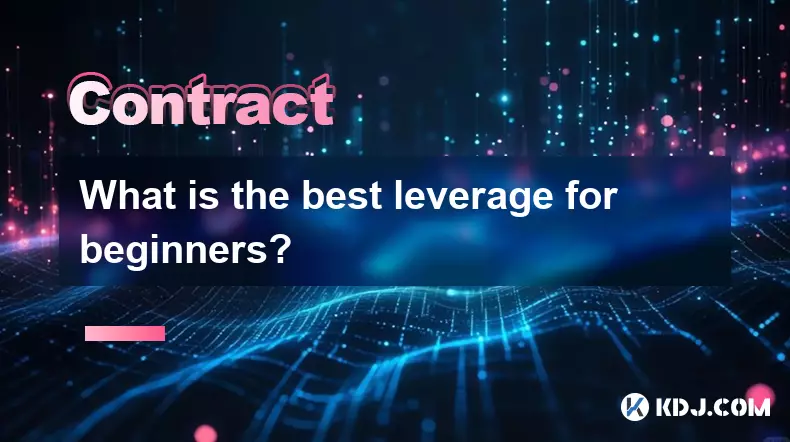
What is the best leverage for beginners?
Sep 06,2025 at 02:37am
Understanding Leverage in Cryptocurrency Trading1. Leverage allows traders to borrow funds to increase their position size beyond their available capi...
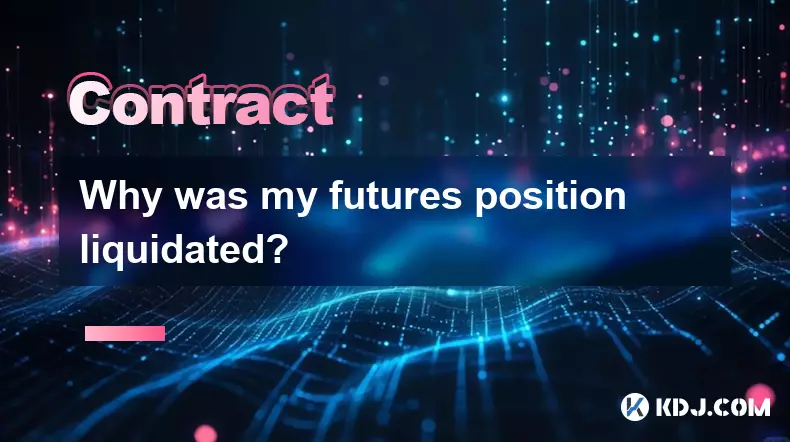
Why was my futures position liquidated?
Sep 06,2025 at 12:18am
Decentralized Exchanges and Their Impact on Crypto Trading1. Decentralized exchanges (DEXs) have reshaped the way users interact with digital assets b...
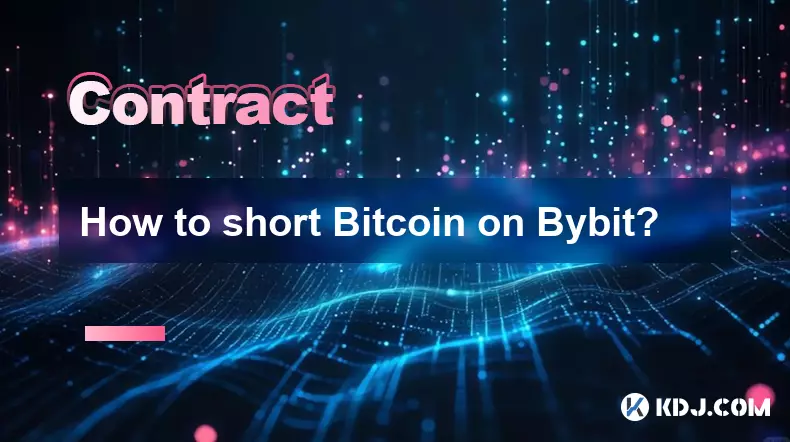
How to short Bitcoin on Bybit?
Sep 06,2025 at 04:36am
Understanding Short Selling on Bybit1. Short selling Bitcoin on Bybit allows traders to profit from price declines. This strategy involves borrowing B...
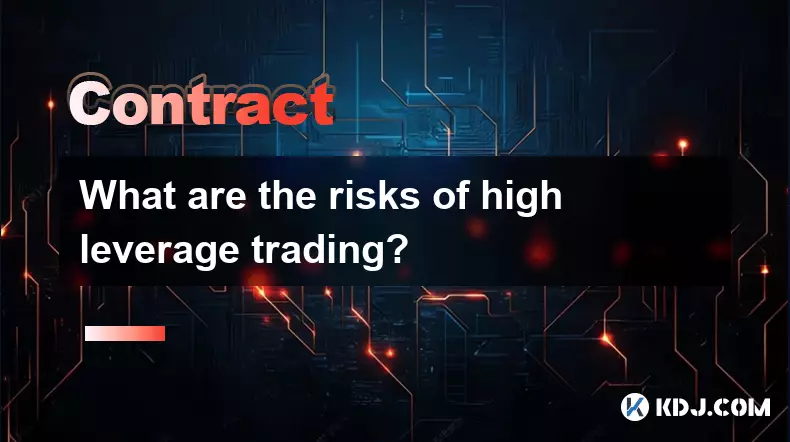
What are the risks of high leverage trading?
Sep 06,2025 at 01:55am
Risks Associated with High Leverage in Crypto Trading1. Leverage amplifies both gains and losses, but in volatile markets like cryptocurrency, the dow...

What to do if you are about to be liquidated?
Sep 06,2025 at 01:00am
Understanding Liquidation in the Crypto Market1. Liquidation occurs when a trader’s margin balance falls below the required maintenance margin, forcin...

How to trade Ethereum futures?
Sep 05,2025 at 03:54pm
Understanding Ethereum Futures Basics1. Ethereum futures are financial derivatives that allow traders to speculate on the future price of ETH without ...

What is the best leverage for beginners?
Sep 06,2025 at 02:37am
Understanding Leverage in Cryptocurrency Trading1. Leverage allows traders to borrow funds to increase their position size beyond their available capi...

Why was my futures position liquidated?
Sep 06,2025 at 12:18am
Decentralized Exchanges and Their Impact on Crypto Trading1. Decentralized exchanges (DEXs) have reshaped the way users interact with digital assets b...

How to short Bitcoin on Bybit?
Sep 06,2025 at 04:36am
Understanding Short Selling on Bybit1. Short selling Bitcoin on Bybit allows traders to profit from price declines. This strategy involves borrowing B...

What are the risks of high leverage trading?
Sep 06,2025 at 01:55am
Risks Associated with High Leverage in Crypto Trading1. Leverage amplifies both gains and losses, but in volatile markets like cryptocurrency, the dow...
See all articles

























